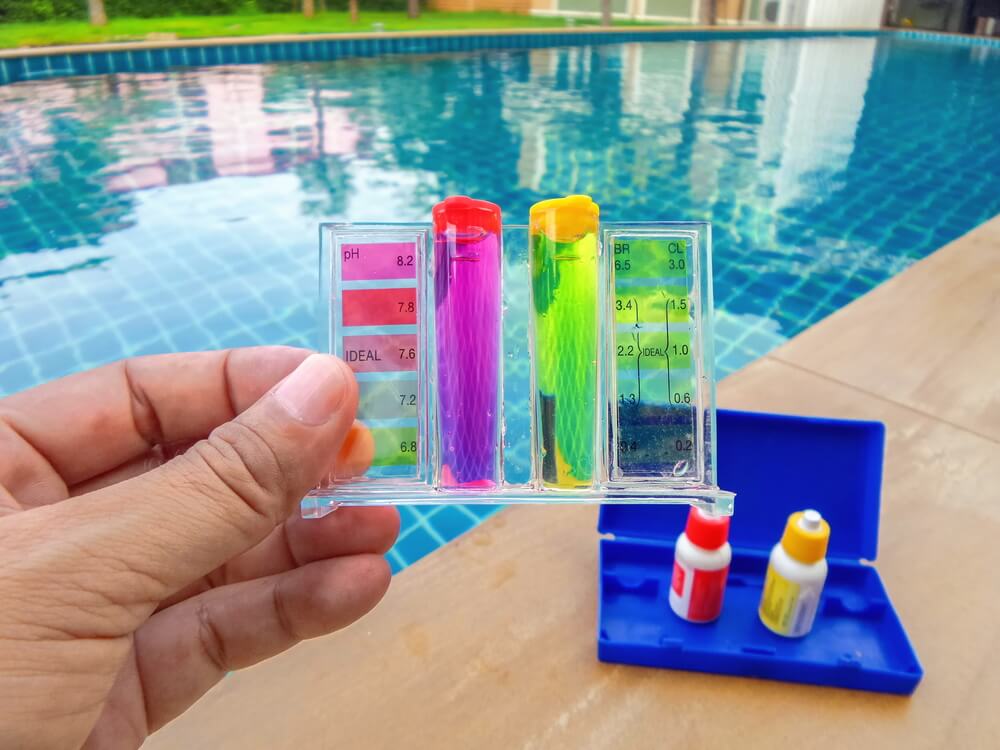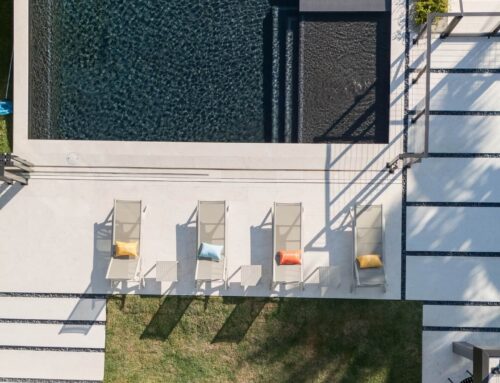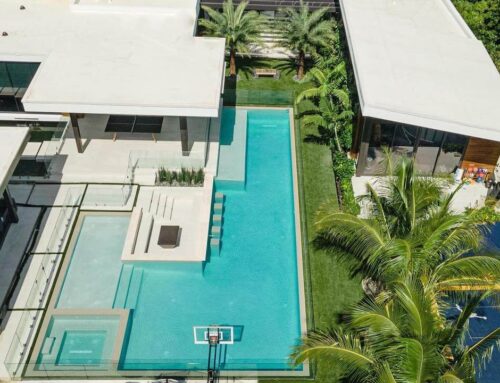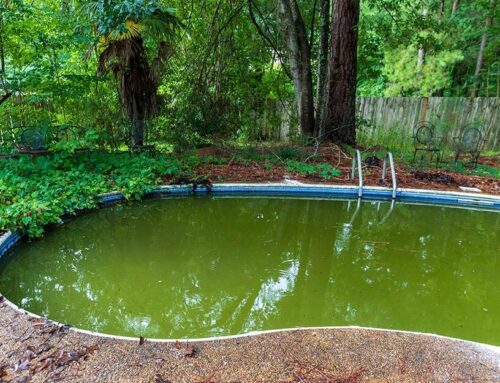If you’ve recently become a pool owner, right now, you are starting to realize how much work goes into maintaining it. Filling it up with water isn’t the only thing you have to do before you get to jump in and have fun.
Pool opening without any preparation may be too complicated for most people. You are here because you wondered about what are the chemicals needed for a pool start-up. Luckily, we are here to help.
There is no need to worry if you don’t know how much chlorine to add to a pool. In this blog, you’ll find everything from gathering and opening pool chemicals to a step-by-step guide on how to prepare your swimming area for the season.
Chemicals Needed for a Pool Start-up
Before you start working on the project, check out the list of pool start-up chemicals you’ll require. Later in the blog, we’ll explain how and when you should use each of them.
- pH Increaser/pH Decreaser
- Alkalinity Increaser
- Calcium Increaser
- Cyanuric Acid
- Pool Shock
- Algaecide
- Chlorine
How to Handle Pool Start-up Chemicals
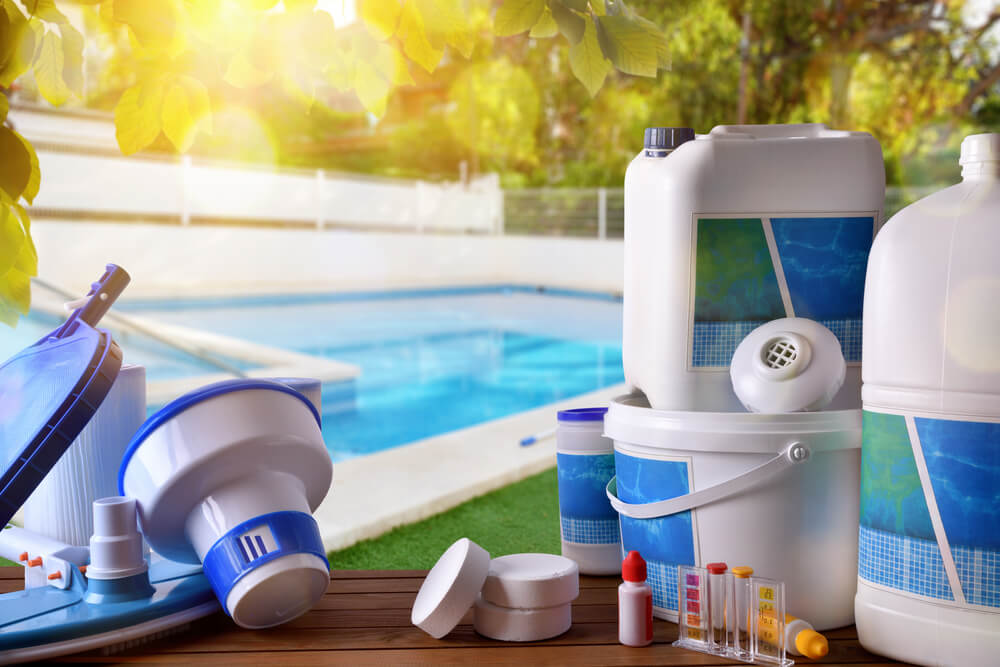
It’s important to mention that being careful is crucial when working with pool start-up chemicals. Often, people order a few things online and start opening pool chemicals and pouring them into the water without giving it too much thought. Not only is this unsafe, but it won’t give you the results you are looking for in the pool opening process.
Learn how to operate with the chemicals before you start using them:
- Don’t use unlabelled products.
- Read the instructions on the label thoroughly before opening pool chemicals.
- Don’t premix the solutions. It’s essential that you dissolve the chemicals in a container and then add them to the water (not vice versa).
- Try not to spill anything. If it happens, wash off the area and make sure there is no unwanted residue leftover.
- Do not touch your face while working with dangerous chemicals needed for a pool start-up.
- Wash your hands after you finish.
Step-By-Step Guide for Using Pool Start-up Chemicals
Step 1 – Balancing the Water
You’ll need to know what the water is missing before you add anything to it. For now, set the solutions away and pull out the testing tools.
It’s essential that the chemicals in your pool equate or closely match the target levels below. Aiming for the lower end of the suggested ranges is usually the best option. After you have the results, add the missing elements:
- pH 7.2-7.6
Once you test the water, you’ll know if you need to increase or lower the pH levels. Add pH increaser/reducer based on your needs.
- Alkalinity 80-120 ppm
Alkalinity increasers will do the trick if you need the alkalinity levels to rise. If they need to be lower, use a pH reducer.
- Calcium Hardness 180-220 ppm
Use a Calcium increaser to harden the water. If you overdo it, add softer water to the pool to even out the levels.
- Cyanuric Acid (CYA) 30-50 ppm
The test will show if you need to add more CYA and raise its levels in your pool. If there is a surplus, you can lower the score by adding Bio-Active CYA reducer.
Step 2 – Preventing Staining
Shocking the pool may create some chemical imbalance, so we are leaving that step for later. Instead, add stain and scale preventer. It will sort out the metals and the minerals. And, with some pool clarifier, you can say goodbye to cloudy water and clogged filters.
Step 3 – Filtering
If your pool was closed down for the winter and it’s time for the grand summer opening, filter the water non-stop for the first few days. If not, do it for 6-8 hours overnight.
Make sure to backwash the filter and empty the pump and the skimmer baskets as well. Only a clean filter can give you clean water.
Step 4 – Pool Shocking
As we mentioned before, adding pool shock before you test and balance the water isn’t the right move for a proper pool opening. Only after you finish the first three steps should you proceed with the shocking. The other chemicals need time to dissolve and influence their surroundings.
If, at the same time, you add pool shock, it may interfere and stop the algaecide and the clarifier from working. Instead, run the filter overnight. It will reduce the amount of chlorine you will have to add.
And, with already adjusted water, the pool’s pH will be lower, allowing the chlorine to work better.
Now comes the question of how much pool shock do you need. Well, that depends on the state of the water. If the cover was on during the entire winter and now you have dark green liquid in your pool, you are going to need a little bit more. Usually, between 1 and 4 lbs will do the trick. Start with a pound and wait for a while.
If the water is still green after 8 hours, retest the water and add more pool shock accordingly. Sometimes this won’t get rid of the color, and you’ll need to use phosphate remover.
The correct way to add pool shock would be to walk along the edge and pour some in all areas of the pond. To go a bit further, you can use a brush and destain your swimming area.
Step 5 – Adding Algaecide
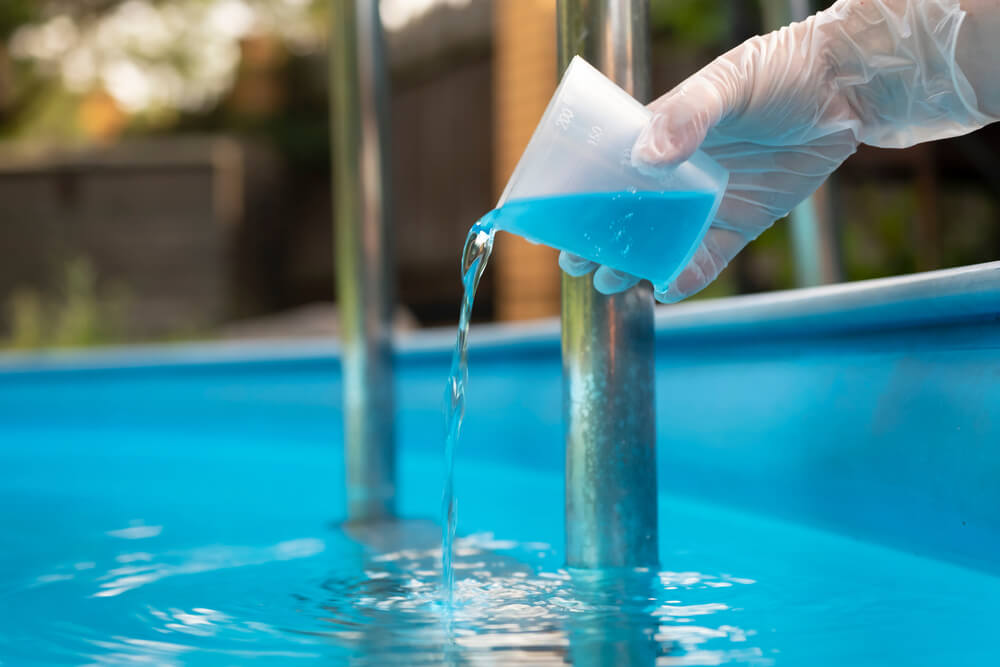
It is important to note that adding algaecide doesn’t follow pool shocking immediately. It usually takes a few days before it is beneficial to add algaecide to a previously shocked pool. That is because of the high chlorine levels.
High chlorine levels won’t allow the algaecide to function, so it’s best to wait until the test shows less than 3ppm of chlorine present in the pool.
The name algaecide may be misleading since this compound doesn’t destroy algae but stops it from growing. Pool shock is the one killing the existing plants.
Step 6 – Chlorine
Chlorine is the one thing we all know that goes into the pool water. But, how much chlorine to add to a pool? That isn’t that well-known.
First of all, doing all of the steps before is crucial to opening your pool for the summer. After you finish them, you can proceed and add chlorine.
About two tablets per week will be enough for most pools. But, don’t throw them anywhere in the water. That may cause damage to your equipment. Instead, drop the cakes in the chlorine feeder. It will chlorinate the water appropriately.
If You Need Any Help
Opening the pool may be too difficult for some people. Some pool owners don’t want to experiment with chemicals and risk ruining their equipment. If you are one of them and live in the Miami area, contact Florida Pool Patio. Also, visit our website and check out the services we offer. We’ll help you with any pool-related issues you have.

